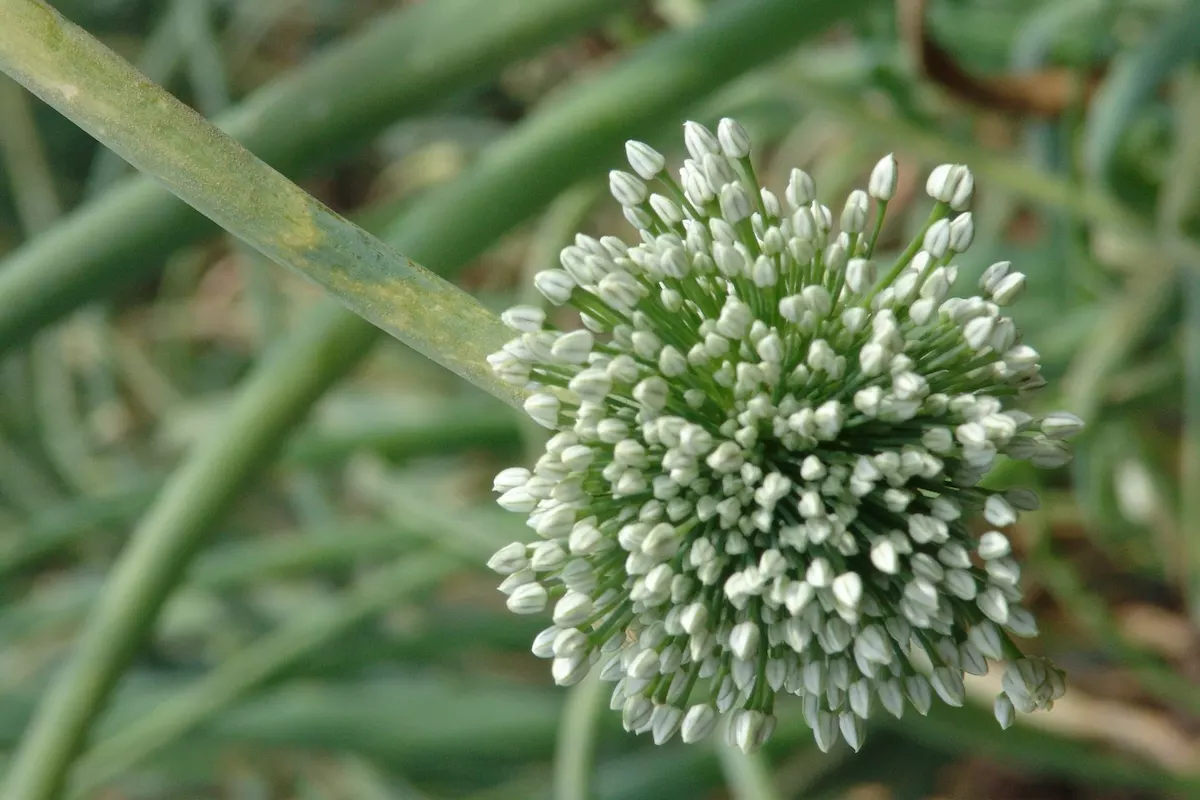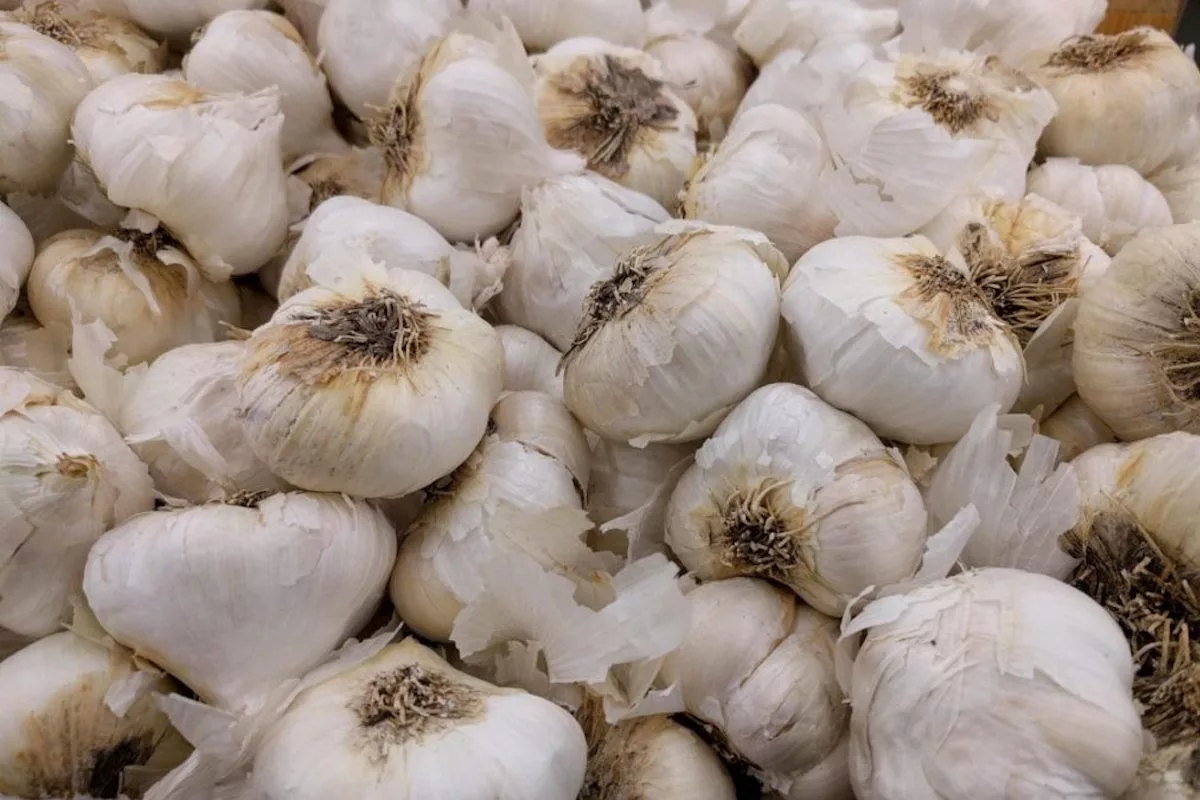
Garlic oil
July 14, 2021
Carnation concrete & absolute
May 12, 2021
Onion oil

Production Method
The oil is produced by steam distillation of the fresh crushed bulb.
Uses
In Perfumery, used in minute traces in fine fragrances where violet, hyacinth, and even rose (sic!) can benefit from it in the topnotes of compositions. In Flavors, for soups, flavoring “cubes”, meat, table sauces, dressings, etc. “The oil is mostly used in seasonings, but traces of onion oil can be used to good effect in some natural flavors. It is surprisingly useful in traces in strawberry and guava flavors.” Wright, J. “Flavor Creation” (2004). In Aromatherapy, historically in pharmaceutical preparations as far back as the late 19th c. where it was used in popular medicine against various ailments, colds, coughs, etc. The oil offers “anti-infectious, anti-fermentation, antiseptic, anticatarrhal, diuretic and anti-cholesterol properties — contra-indication: external (dermocausticity).” (Franchomme, P.; Jollois, R.; Pénoël, D. “L’Aromathérapie Exactement” (2001). However, its offensive smell proves its use challenging.
Botanical Origin & Historiography
Because the wild onion is extinct and ancient records of using onions span western and eastern Asia, the geographic origin of the onion is uncertain, with likely domestication worldwide. Onions have been variously described as having originated in Iran, the western Indian subcontinent and Central Asia. Traces of onions recovered from Bronze Age settlements in China suggest that onions were used as far back as 5000 BC, not only for their flavor, but also for the bulb's durability in storage and transport. Ancient Egyptians revered the onion bulb, viewing its spherical shape and concentric rings as symbols of eternal life. Onions were used in Egyptian burials, as evidenced by onion traces found in the eye sockets of Ramses IV. Pliny the Elder wrote about the use of onions and cabbage in Pompeii. He documented Roman beliefs about the onion's ability to improve ocular ailments, aid in sleep, and heal everything from oral sores and toothaches to dog bites, lumbago, and even dysentery. Archaeologists unearthing Pompeii have found gardens resembling those in Pliny's detailed narratives. According to texts collected in the 5th/6th century AD under the authorial aegis of "Apicius" (said to have been a gourmet), onions were used in many Roman recipes. Ancient Egypt is known to have supplied onions (and garlic) to the Roman Empire. In the Age of Discovery, onions were taken to North America by the first European settlers, only to discover the plant readily available and in wide use in Native American gastronomy. According to diaries kept by some of the first English colonists, the bulb onion was one of the first crops planted by the Pilgrim Fathers.



